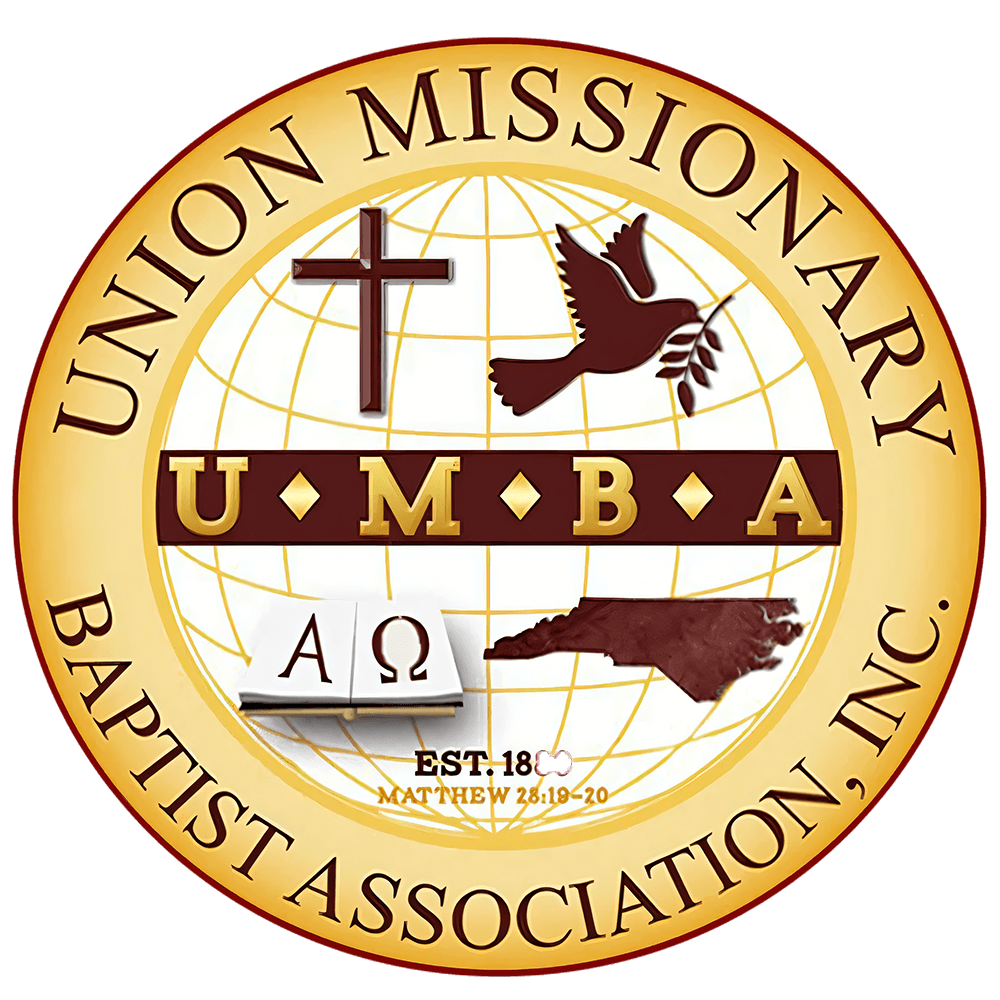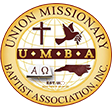Where it all began
A Concise History
Of the
Union Missionary Baptist Association
Beginning in 1870 through 1871, the Negroes of Robeson, Cumberland, and Bladen counties organized Sunday Schools utilizing the Blue-black Speller for their textbooks. Later, local churches were organized, and Houses of Worship were built. As the churches continued to experience rapid growth, they would later organize themselves as an Association. With the aid of the White Gray’s Creek Association, the Negro churches organized as the Colored Gray’s Creek Association. The first three member churches were New Hope, New Light, and Gray’s Creek. The progress of this association was gradual and through a great work of the Holy Spirit, it eventually gave birth to five associations. They were: Lumber River, Union, Kinston Lake, Hammonds Creek, and Lake Waccamaw.
Within a few years, an Associational District was formed from churches of Cumberland, Robeson, Columbus, and Bladen Counties, to include a portion of South Carolina. Again, God gave exceeding increases as the district grew so large that it became necessary for the churches of the upper bounds to ask for letters of dismissal for the purpose of organizing their own association. In November 1883, seven churches (First Baptist-St. Paul, Gray’s Creek, New Light, Pleasant Grove, Second New Light, St. John, and Swan’s Creek) were granted their letters. In February 1884, these churches met at Swan’s Creek in Cumberland County, NC and proceeded to organize. The first officers chosen for the new Association were Moderator-Rev. Samuel Boon of Second New Light, Secretary-Rev. W.S. Smith of St. John, and Treasurer-Rev. Robert Gilmore of Gray’s Creek. A committee was appointed to bring in a name for the new branch of the Association.
In October 1884, the yet to be named branch of the Colored Gray’s Creek Association convened at Pleasant Grove, St. Pauls, NC. The committee on name chaired by Moderator Boon made its report recommending the name “Union” because of strength. Thus, the name of the “Baptist Union Association” was adopted in service to God and our fellow man. At this session, a home mission was organized and plans discussed on how to raise mission funds to send the Word of God in localities where people did not have the ministry of the Word. Rev. J.M. Whitted of Second New Light was chosen as a missionary and sent forth to labor in destitute places. Many churches were set apart to serve God. Christianity grew steadily in Robeson, Cumberland, and Bladen Counties. Funds were collected to buy church sites and to build local churches for worship. The Association further demonstrated its commitment to education and the spread of the gospel as funds were set aside to aid two ministers in school. They were H.C. McDonald and C.R. Bolden who attended the Fayetteville School. In 1908, an Educational Board was organized with the following members: N.B. Dunham, E.E. Smith, D. Tyson, C. Watkins, C.A. Cogdell, A.L Johnson, J.S. Brown, and M.D. Shaw.
The Baptist Union Association grew steadily from 1884 through 1929 with an increased membership of over 5000. Later, the Association joined the Baptist State Convention of North Carolina. From its inception, God blessed the Association with strong visionary leadership. In the early years of formation and growth, the first Moderators were:
- Rev. Samuel Boon
- Rev. J.M. Whitted
- Rev. N.B. Dunham
- Rev. Dr. E.E. Smith
To date, the Union Missionary Baptist Association has 62 churches and continues to thrive by the grace and will of God.

